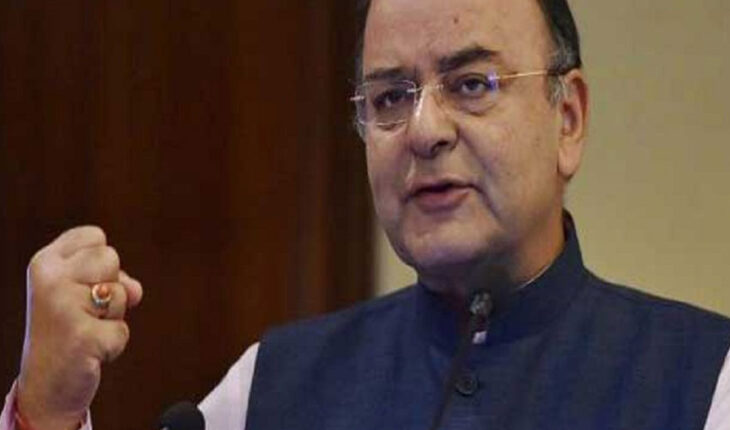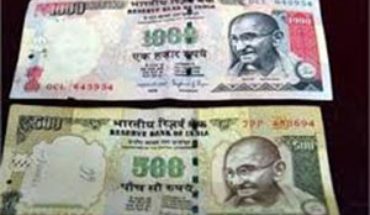New Delhi: India’s total external debt declined to $456 billion at the end of December from end-March 2016, says a Finance Ministry report.
“India’s external debt stock fell by USD 29.0 billion (6.0 per cent) to USD 456.1 billion, at end-December 2016 over the level at end-March 2016,” an official statement said.
The decline in external debt during the period was due to the fall in long-term external debt, particularly the fall in NRI deposits reflecting the redemption of FCNR (B) deposits and decline in commercial borrowings with fall in both commercial bank loans and securitized borrowings, it said. On a sequential basis, it said, total external debt at end-December 2016 declined by USD 28.1 billion (5.8 per cent) from the end-September 2016 level. The maturity pattern of India’s external debt indicates dominance of long-term borrowings. At end-December 2016, long-term external debt accounted for 81.6 per cent of India s total external debt, while the remaining 18.4 per cent was short-term debt. Government (Sovereign) external debt stood at USD 90.7 billion at end-December 2015 while non-Government debt amounted to USD 389.5 billion, it said. While long-term debt at USD 372.2 billion, declined by USD 29.4 billion (7.3 per cent) at end-December 2016 over the level at end-March 2016, short-term debt increased marginally by 0.5 per cent to USD 83.8 billion. The valuation gain (appreciation of the US dollar against the Indian rupee and most other major currencies) was USD 7.3 billion. This implies that excluding the valuation effect, the decrease in external debt would has been lower at USD 21.7 billion at end-December over end-March 2016. The shares of Government (Sovereign) and non-Government debt in the total external debt were 19.6 per cent and 80.4 per cent respectively, at end-December 2016, it said. “The share of US dollar denominated debt was 54.7 per cent of the total external debt at end-December 2016, followed by the Indian rupee (31.1 per cent), SDR (5.9 per cent), Japanese yen (4.4 per cent), Euro (2.7 per cent), Pound Sterling (0.7 per cent) and Others (0.5 per cent),” it said. Many key external debt indicators of India show improvement at end-December 2016 over end-March 2016, it said. Besides, total external debt falling by 6.0 per cent during this period, the foreign exchange cover for external debt increased to 78.7 per cent from 74.3 per cent and the ratio of concessional debt to total external debt increased to 9.2 per cent from 9.0 per cent, it said. Though, the share of short-term debt (original maturity) in total debt increased to 18.4 per cent from 17.2 per cent during this period due to rise in trade related credits, the share of short term debt (residual maturity) in total external debt fell to 41.4 per cent from 42.6 per cent, it said.






